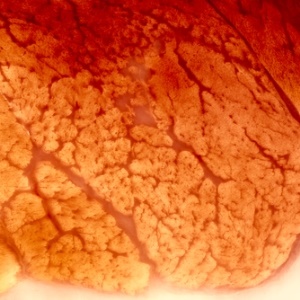
A muscle biopsy is a procedure in which a piece of muscle is removed, usually from the upper arm or upper leg.
The procedure is usually performed to find out more about the nature of muscle disease. Muscle disease is usually inherited (muscle dystrophy) or arises during life (dermatomyositis – skin changes and muscle disease; and polymyositis – literally, many muscles affected).
Preparation
No preparation in particular is required of patients, unless the biopsy is being done under general anaesthetic, in which case you would be given instructions by the anaesthetist not to eat before the procedure.
Procedure
The procedure is usually done under local anaesthetic. Typically, the biopsy is done in theatre, but may be done in virtually any sterile area. You would be requested to put on a hospital gown and lie down on the examining couch or operating room bench. Local anaesthetic will be injected in the skin in the region where the biopsy will be taken, and that area is then cleaned so that it is sterile. Sterile drapes would be placed around the area, and once the skin is numb, a 5cm to 10cm cut is made in the skin. The surgeon then needs to cut through the fat under the skin, and into the muscle itself. Blood vessels may have to be sealed off, which will produce a burning smell. Once the biopsy has been taken, the wound is stitched. The size of the biopsied muscle is usually about 4cm x 1cm x 1cm.
Risks
The procedure may be painful, since it is difficult to completely numb the region with local anaesthetic injections given through the skin. There may be quite a lot of pain for a week or more after the procedure.
Limitations
The biopsy may fail in that the sample may be too small to make an adequate diagnosis, or the sample may be limited because it has been taken, for instance, from a scarred area. Particularly in chronic muscle disease, much muscle becomes replaced by scar tissue, which prevents a reasonable interpretation.
Sometimes, the changes seen are non-specific, and no further progress may be made towards making a final diagnosis.
Finally, in genetic illnesses, such as muscle dystrophies, there is no specific treatment and no cure. This means that in the vast majority of cases, treatment is a response to a particular complaint arising from the muscle weakness, and treatment does not exist for the muscle weakness itself. (However, it should be noted that there are ongoing trials in various dystrophies, and that prednisone may be of some benefit in Duchenne’s muscular dystrophy).




 Publications
Publications
 Partners
Partners















